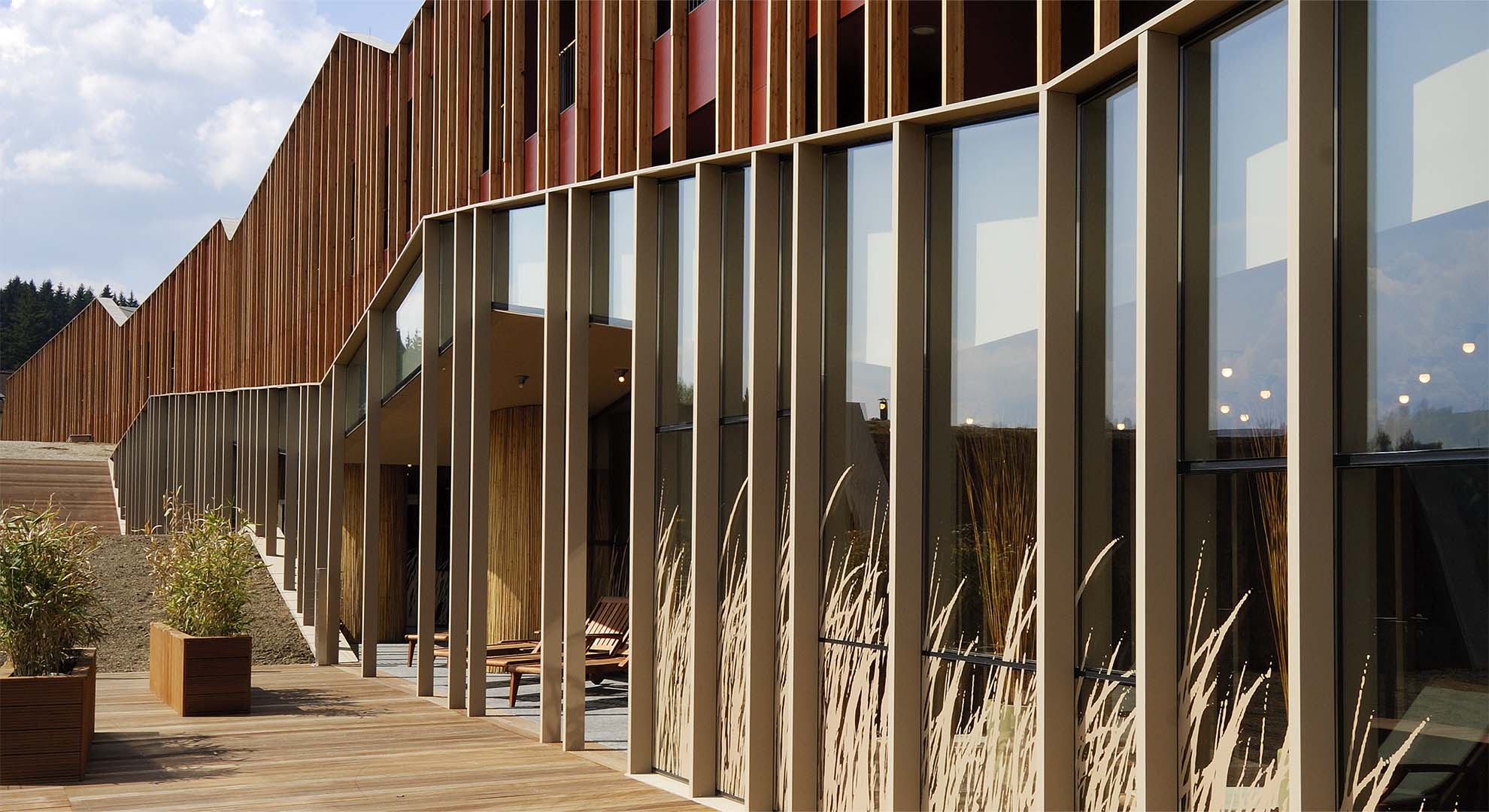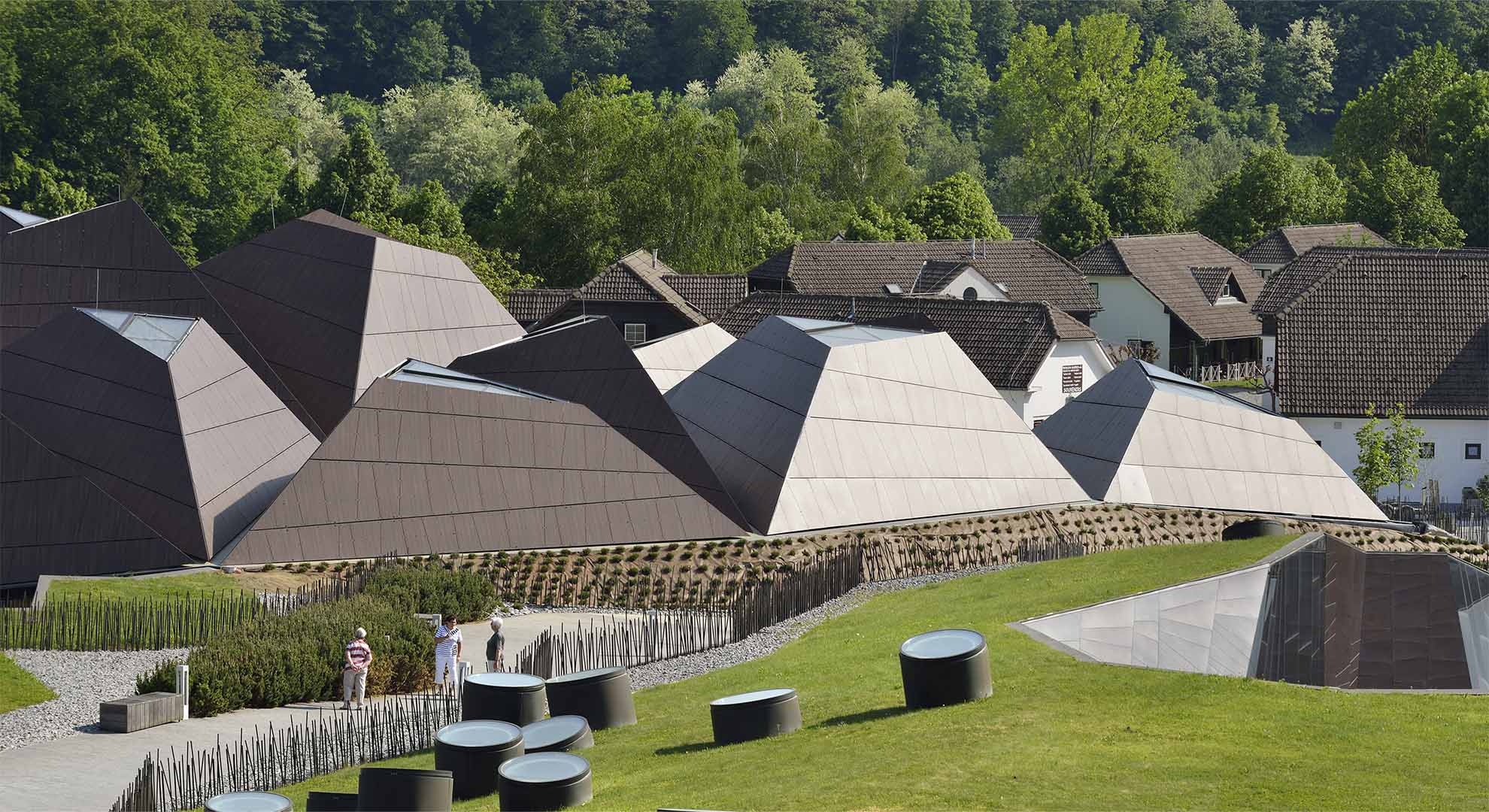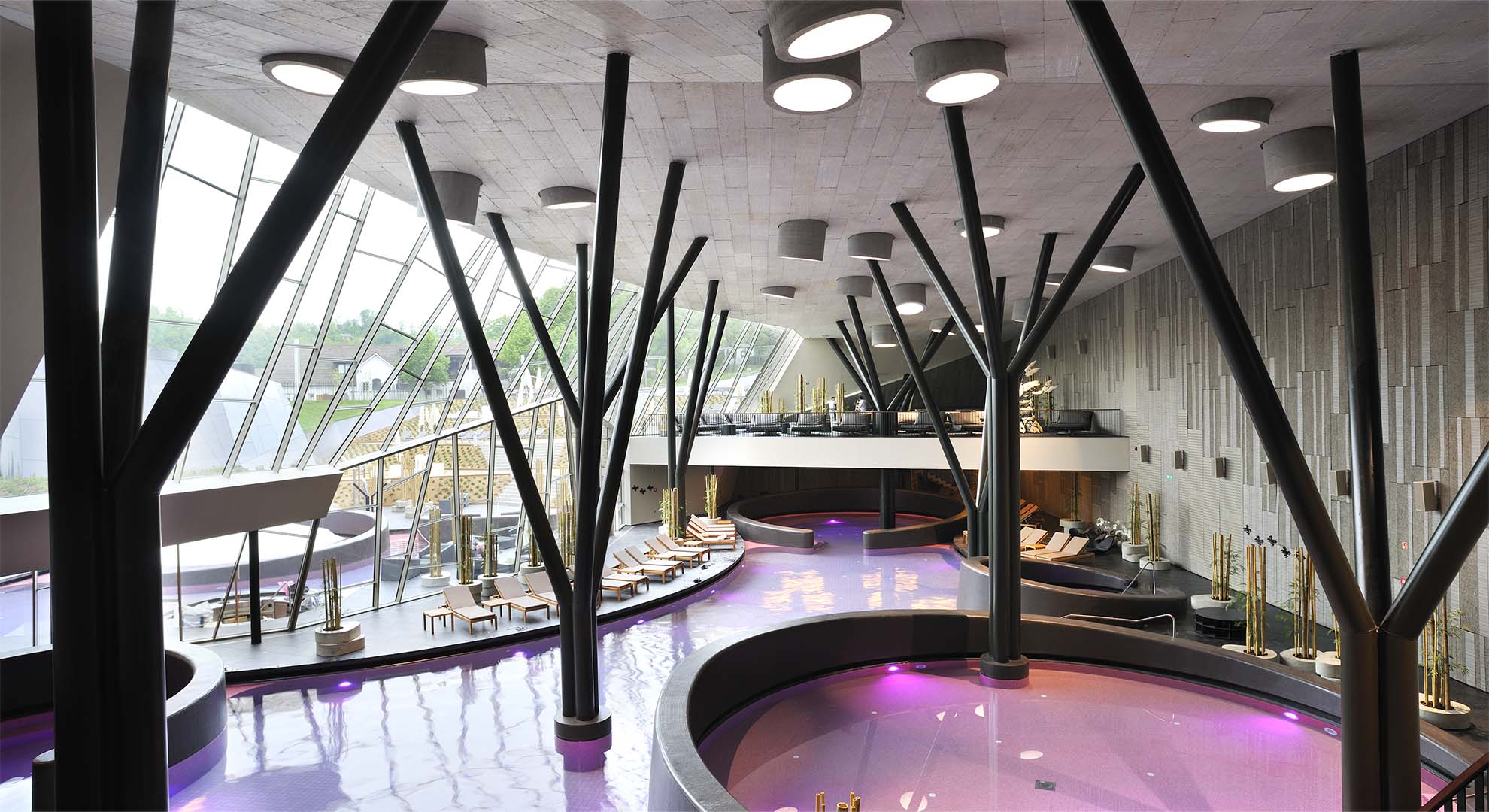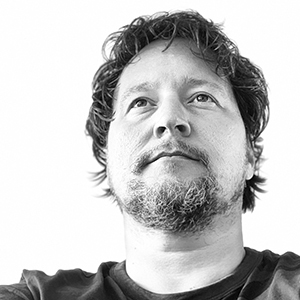Natural Systems in Architecture
How architecture can help us take care of ourselves
Taking care of oneself has become one of the central themes of modern times. The acceleration of the pace of life and the ever-increasing life expectancy have made people invest in themselves and in a long and healthy life. The trend towards wellness and preventive medicine is already economically many times larger than the pharmaceutical industry or traditional medical practices. Analysts around the world agree that after the information revolution, caring for oneself or one's health will become the vehicle for future human development. And in the search for solutions that could help us on this path, we are again turning to nature, which we have somewhat forgotten in our rapid development. Also—or especially—in architecture.
Why do I say in architecture in particular? Because it seems that over the centuries of shaping architectural thought, we architects have largely forgotten the importance of applying natural principles to our built environment. In fact, it seems that since the classical beginnings of Western Civilization, we have intentionally denied the possibility of incorporating the natural into the design process. If we look at the beginnings of classical architecture, which has been the basis for many centuries of development, we see that architecture has always tried to elevate itself above nature.
Nature was synonymous with something imperfect, but architecture wanted to be perfect. Perfect symmetry, for example, is something that nature can never create. Only something divine can create something like that. Something that is above nature. And the best architecture in history has always been an expression of superiority over nature. From ancient Greece to the present day. For more than 2,000 years, the architecture of the Western world has vigorously developed its symbolic expression and completely neglected the connection with nature.

But why? Despite everything, there is a broad consensus that we humans are all the result of our genetic makeup and our environment. At least that is what we are taught from elementary school on. We are the result of nature and society; biology and culture; chromosomes and experience; innate and trained; genetics and semantics. And yet, somehow, we architects have decided to rely mainly on the semantic aspect to create our works, which we’ve learned through years of study. However, we have forgotten the natural part, even though we can understand it without any effort. The understanding of the natural world lies somewhere deep within us. We understand the natural systems almost from the moment we are born.
As a result, the understanding of modern architecture has become more and more reserved for the closed world of architects. It has come to the point where in many cases, architecture has become completely alienated from its users, which is a huge paradox because for the most part we are designing for people who frequently are no longer able to relate to architecture.
This is one of the main reasons why our office is exploring this missing part of architecture and including it in our work: natural systems. This is probably because at the beginning of our journey we received several commissions for hotels and especially thermal spas. These centers for wellness and preventive medicine made us very aware of the importance of the connection between people and nature. Of course, this cannot be achieved only through examinations, treatments and nutrition, but this connection must also come from the environment that surrounds us.

Termalija Family Wellness exterior, Podčetrtek, Slovenia, 2018, ENOTA Architects. Photo © Miran Kambič
I would like to emphasize that I am in no way suggesting that we forget evolution in architecture and return to our beginnings, living in mud houses or caves, in order to establish a better connection with nature. Quite the contrary. Despite everything, evolution has also brought a lot of good. And just as the achievements of modern medicine can help us, modern architecture can also help us take care of ourselves, but it must be able to combine these two worlds: innate and trained.

Piscinas interiores del balneario Orhidelia, Podčetrtek, Eslovenia, 2009, ENOTA Architects. Foto © Miran Kambič
This is why natural systems catch our attention. Nature is full of systems that can be used to design organic architecture. Through observation and study of these natural systems, we have come to realize that behind what appears to be very complex in nature are often very simple algorithms. But when we talk about using natural systems, we are not talking about copying nature. We are not just talking about cells, living things, rocks, natural phenomena, and the like. Such self-organized natural systems are all around us. We find them in crowds, in motion, in social and organizational patterns. We find them in ancient as well as modern dwellings. What they have in common is that they are very flexible and ready to absorb irregularities. This means that despite the fact that they form a unified whole, each element of the system can be unique and still fit naturally into its environment.
And now—paradoxically only through the widespread use of modern technologies— we can finally control these seemingly chaotic systems. We can incorporate them into our projects, and this opens up many possibilities. Combined with conventional knowledge accumulated over centuries, solutions can emerge that surprise us all. We can learn to appreciate errors, just as nature does. You could even say that everything that is beautiful in nature is the result of an error!
Main image: Wellness Plesnik exterior, Logarska Valley, Slovenia, 2017, ENOTA Architects. Photo © Miran Kambič
